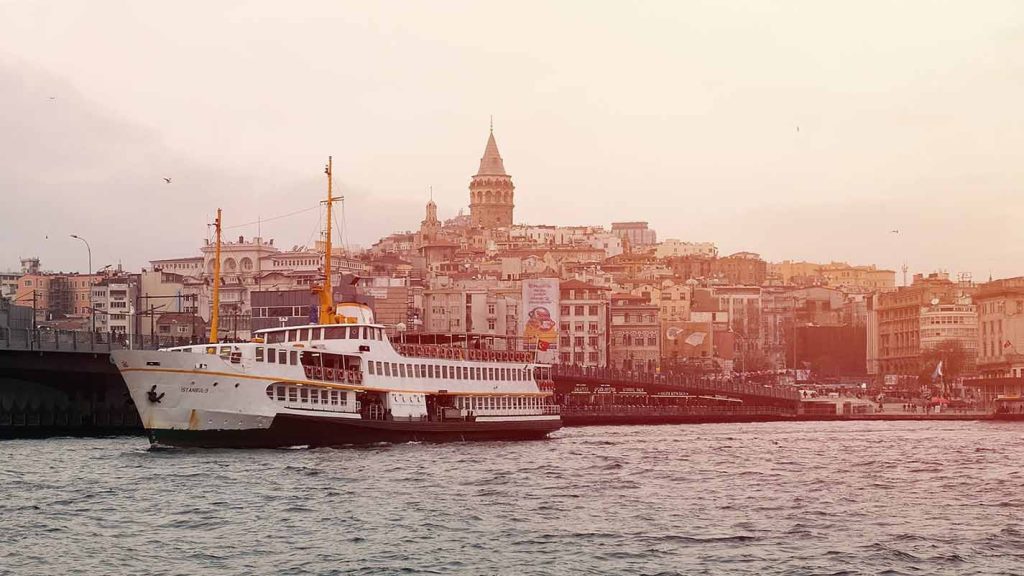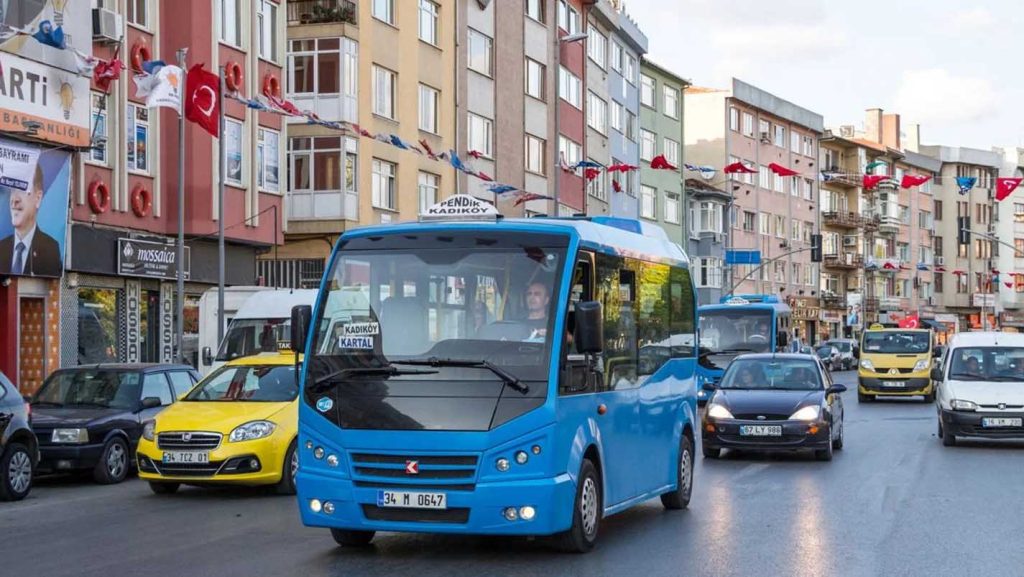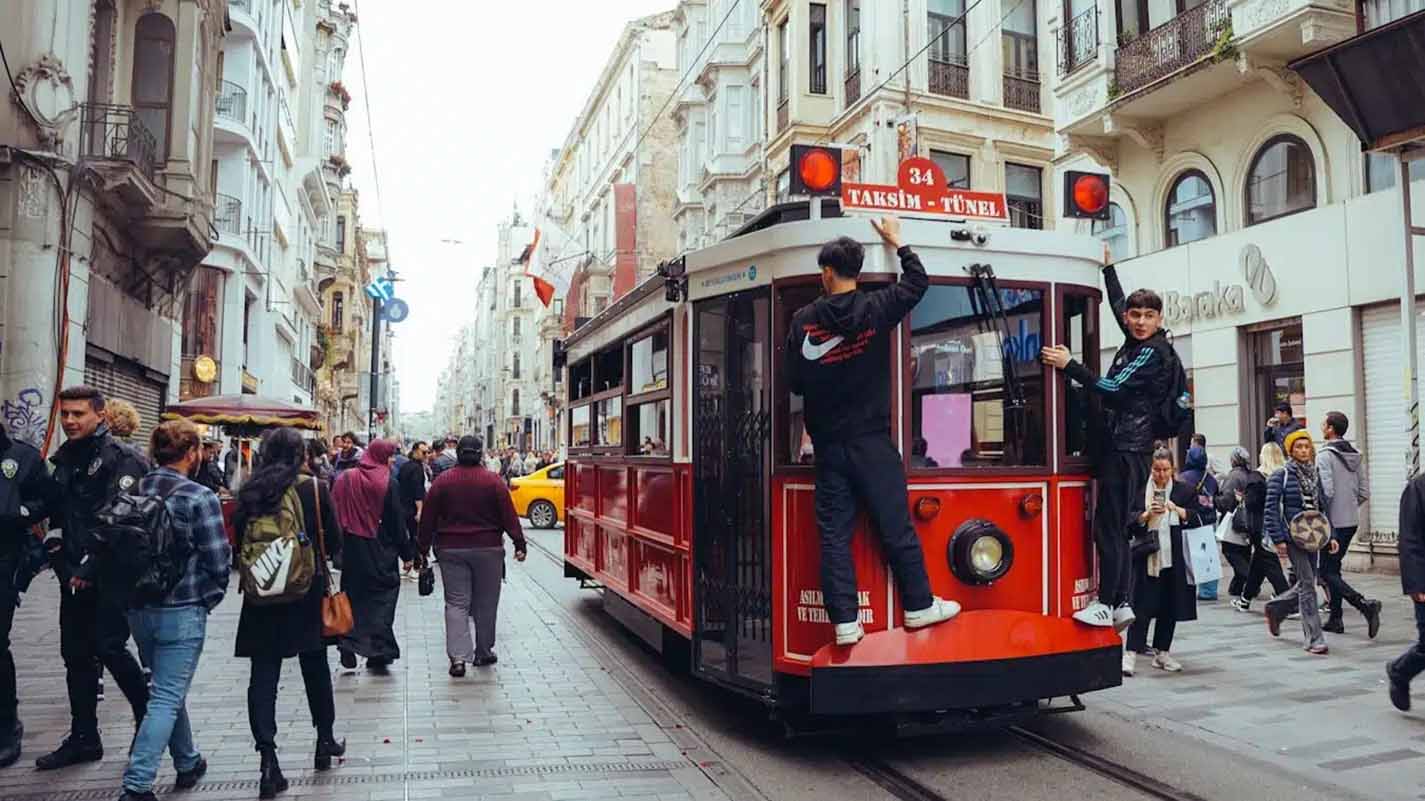Turkey is one of those countries that feels like a crossroads between worlds—where Europe meets Asia, where ancient ruins stand beside modern cities, and where bustling bazaars open onto serene coastlines. Experiencing Turkey to its fullest means moving across its landscapes: from the lively streets of Istanbul to the surreal valleys of Cappadocia, and from the turquoise waters of Antalya to the historic ruins of Ephesus. To do this smoothly, understanding the transportation options available can make all the difference between a stressful trip and a seamless adventure.
In this travel journal, I want to share not only what I learned about navigating Turkey’s diverse transport systems but also a collection of practical tips and small discoveries I made along the way.
First Impressions: Istanbul’s Urban Maze
Arriving in Istanbul can feel overwhelming. The city stretches across two continents, divided by the Bosphorus, and its neighborhoods each have their own unique character. The first question I asked myself was: how do I move around efficiently without getting lost or wasting too much time?
Public transportation in Istanbul is surprisingly organized once you get the hang of it. The metro, trams, buses, and ferries are all connected by the Istanbulkart, a rechargeable smart card that you can buy at kiosks and metro stations. With one card, I could hop on a tram from Sultanahmet to Eminönü, take a ferry across to Kadıköy on the Asian side, and then continue on a bus—all with a simple tap. It’s not just convenient; it’s also affordable compared to taking taxis for every journey.
The ferries quickly became my favorite part of transportation in Istanbul. Instead of seeing the Bosphorus as a barrier, I learned to treat it as a scenic shortcut. Gliding across the water with seagulls trailing behind and the skyline of domes and minarets on the horizon felt like an experience in itself, not just a way to get from A to B.

For longer distances within the city, ride-hailing apps and taxis are available, but I found traffic unpredictable during peak hours. If you’re on a tight schedule, the tram or metro is usually faster.
Moving Between Cities: Choices and Trade-Offs
Turkey is vast, and the distances between major cities can be longer than many travelers expect. The way you choose to travel depends on your priorities: speed, budget, or comfort. I experimented with several options, and here’s what stood out.
Domestic flights in Turkey are frequent, affordable, and reliable. Airlines like Turkish Airlines, Pegasus, and AnadoluJet connect major cities such as Istanbul, Ankara, Izmir, Antalya, and Kayseri (for Cappadocia). Booking tickets in advance usually yields very low prices—sometimes cheaper than taking a long-distance bus.
The airports are generally modern and well-organized. For instance, flying from Istanbul to Kayseri saved me more than 10 hours compared to ground transportation. If you’re short on time but want to see multiple regions, domestic flights are a lifesaver.
2. High-Speed Trains
Between certain cities, high-speed trains are a fantastic alternative. Turkey’s rail network is still expanding, but routes like Istanbul–Ankara and Ankara–Konya are already up and running. Onboard, the trains are clean, comfortable, and punctual. I loved being able to watch the countryside roll by while sipping tea.
Booking train tickets can be done online or at the station, but I recommend reserving early during weekends and holidays. The price difference between economy and business class isn’t huge, and business class offers more space for luggage and quieter seating.
3. Long-Distance Buses
If you want a cultural experience that’s also practical, Turkey’s intercity buses are worth trying. Unlike in many countries, bus travel here is very well developed. Companies like Kamil Koç, Metro Turizm, and Pamukkale offer frequent connections between cities.
I was pleasantly surprised by the service: spacious seats, personal screens, free tea or coffee, and even snacks on some routes. Overnight buses are common, and while sleeping on them isn’t always easy, it can save both time and money if you’re traveling on a budget.
4. Car Rentals
For travelers who want maximum flexibility, renting a car opens up parts of Turkey that public transportation doesn’t reach easily. I rented a car for a road trip along the Aegean coast, driving from Izmir through Çeşme, Alaçatı, and down toward Bodrum. The roads were generally in good condition, fuel stations were easy to find, and navigation apps worked reliably.
Driving also allowed me to stop at small villages, hidden beaches, and roadside restaurants I’d never have discovered otherwise. However, parking in big cities like Istanbul can be stressful, so I recommend using a car mainly for coastal or countryside routes rather than urban exploration.
Inside Cities Beyond Istanbul
Each city in Turkey has its own rhythm and its own quirks when it comes to getting around.
- Ankara: As the capital, Ankara has a straightforward metro system and wide roads. Taxis are affordable, but I mostly relied on the metro to avoid traffic.
- Cappadocia: Public transportation is limited here, so most travelers rely on shuttle buses organized by hotels or book guided tours to visit sites like Göreme, Uçhisar, and Derinkuyu. Renting a scooter or ATV is also popular for short distances.
- Antalya: This coastal city has trams and buses connecting the old town, beach areas, and nearby attractions. For day trips to places like Side or Perge, buses and minibuses (dolmuş) are convenient.
- Izmir: The city is connected by metro, trams, and ferries. It felt less chaotic than Istanbul, and ferries across the bay were an enjoyable way to avoid traffic.
One common theme across Turkish cities is the dolmuş, a shared minibus service. At first, the system seemed confusing—each dolmuş has a route printed on its windshield, and you pay the driver directly, often in cash. But once I figured it out, I found dolmuş rides to be quick, cheap, and surprisingly efficient, especially for reaching neighborhoods that aren’t well served by larger buses or trams.

Practical Tips for Smooth Travel
Through trial and error, I discovered several tips that made my journeys around Turkey far smoother.
- Get a Transportation Card Early
In cities like Istanbul and Izmir, having a rechargeable transport card saves not just money but also time. Queuing for single tickets quickly becomes tiresome, so topping up a card at kiosks is much more efficient. - Plan for Traffic in Major Cities
Turkish cities are vibrant, but that vibrancy often comes with congestion. If you’re catching a flight or train, leave much earlier than you think you need to. - Learn a Few Key Phrases
Although many people in the tourism industry speak English, drivers and station staff may not. Simple phrases like “How much?” or “Where does this bus go?” in Turkish can make interactions smoother. - Carry Small Cash
Especially for dolmuş or local buses, drivers often expect small bills or coins. Card payments aren’t always possible. - Book Long-Distance Tickets in Advance
Buses and trains can sell out during weekends or holidays. Online booking platforms are reliable, but I also liked visiting local offices, where I could ask about seat preferences. - Enjoy the Journey, Not Just the Destination
Some of my best memories in Turkey came not from the monuments themselves but from the journeys between them: sipping tea on a high-speed train, chatting with locals on a bus, or watching the sunset from a ferry deck.
A Personal Note on Travel Flow
What struck me most about transportation in Turkey was how it reflected the character of the country itself. It’s a blend of old and new, traditional and modern. You might find yourself in a centuries-old tram in Istanbul in the morning, boarding a cutting-edge high-speed train in the afternoon, and riding a rustic dolmuş to a village in the evening.
This variety can feel challenging at first, but once you embrace it, it becomes part of the adventure. I started to see every bus ride, ferry crossing, or train journey as an opportunity to observe daily life and connect with the rhythm of the places I was visiting.
Turkey is a land of contrasts and connections, and its transportation system mirrors that perfectly. From the efficiency of domestic flights to the charm of ferries, from the comfort of buses to the independence of driving, the options are diverse enough to suit any kind of traveler.
What matters most is finding the right balance for your journey—whether you want to save time, save money, or simply soak in the atmosphere. For me, the key was mixing and matching: flying when distances were long, taking trains when I wanted to relax, and renting a car when I craved freedom.
In the end, navigating Turkey taught me that travel isn’t just about moving from one place to another. It’s about how you move, the people you meet along the way, and the small stories that unfold during the ride. With a bit of planning and an open mind, Turkey’s transportation system becomes more than just logistics—it becomes part of the story you’ll take home.
Tags: Car Rentals, High-Speed Trains, Istanbul’s Urban Maze
